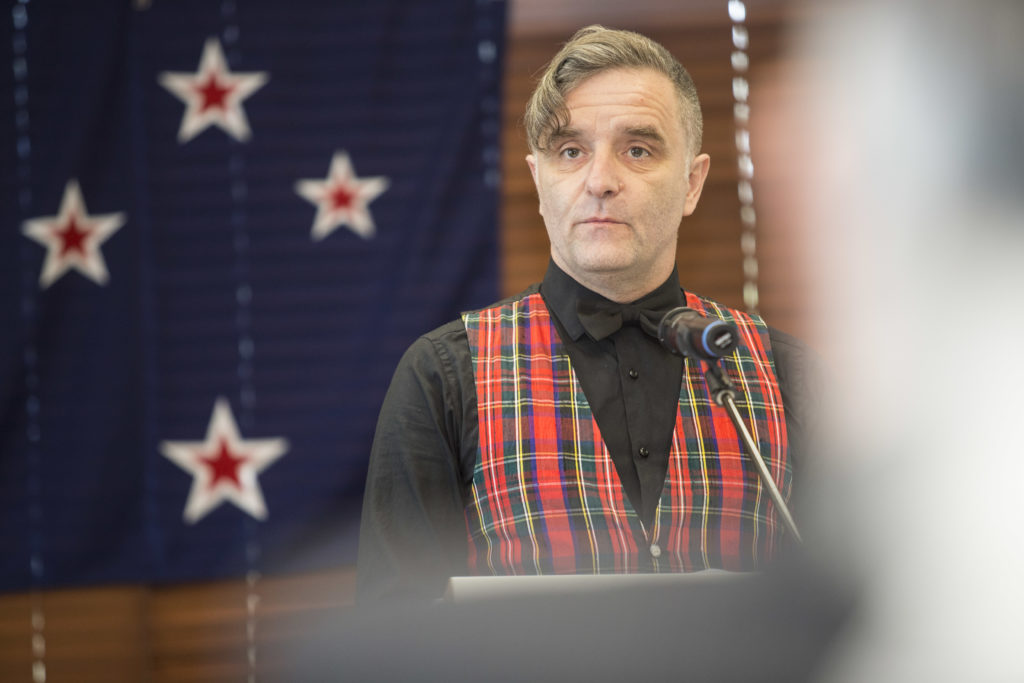Will civics education make young people vote?
Stats show that the number of young people voting has become an issue and Mark Servian thinks the first step to improvement is to start with high schools.

We are just under a month away from the general election and it seems a great amount of Hamilton’s young people who are eligible, may not be casting their vote.
The numbers from the 2014 general election show that only 63 percent of 18-24-year-olds living in Hamilton who were enrolled, actually voted.
Recent stats also show that only 53 per cent of this age group in Hamilton are enrolled to vote at the upcoming election, compared to country’s total of 64%.
Waikato University student Sam Kenny, 21, feels the majority of her generation lacks the political knowledge and outlook to be able to vote.
“I think a lot of young people choose not to vote because they are uneducated about the parties and their policies and get caught up in the present, rather than thinking about the future,” Kenny says.
“If more resources were made available to understand the whole process, that would be great.”
Kenny says she will be voting this year despite the hassle and that it would be much easier if it was online.
However, former president of the McGillicuddy Serious Party, Mark Servian says online is a tricky situation as many people shoot the idea down due to security risks.
Servian thinks the first step in raising the number of young people voting is to introduce compulsory civics education into the High School curriculum.
“People are leaving school without any great understanding of what their role is as a citizen and I think civics education is the first step.
“It’s the closest thing to a silver bullet that would make a significant difference,” Servian said.
“Thirty years ago, if you were immersed in the media, you had a certain degree of training about the political situation because it was plastered all over TV One, whereas now there are thousands of mediums and people can pick and choose what they want to see.”
Servian recognises that making this a compulsory course would come with its challenges.
“There isn’t a lot of resources out there right now, and there certainly isn’t enough if a teacher wanted to teach their students about voting.”




